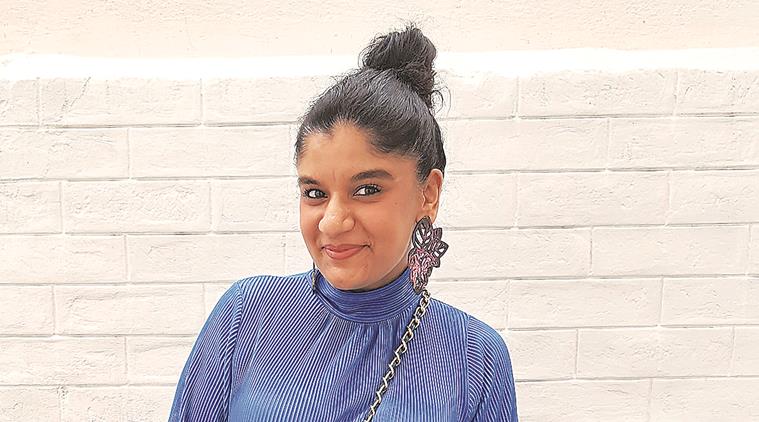A Leaf of Faith
Riddhika Jesrani on her biodegradable 3D jewellery line and creating thoughtfully.

Riddhika Jesrani
For Riddhika Jesrani, 35, it was a classic case of being in the right place at the right time that eventually turned her hobby of designing jewellery into a profession. The communication design graduate from Parsons School of Design, New York, was only making jewellery for friends because she missed creating things with her hands, when it was picked up for Karan Johar’s film Kabhi Alvida Naa Kehna’s shoot in NYC. The fortuitous brush with Bollywood made her submit her jewellery as part of her final thesis project and she eventually found her calling.
Her recent explorations in 3D printed jewellery also resulted from such a serendipitous turn. Having lived in Muscat and New York, it wasn’t till 2010 that Jesrani decided to quit her job and shift base to Mumbai, where she launched her eponymous jewellery label in 2011. “I’d thought of making 3D printed jewellery almost five years ago. I’d seen it in America, and while I was thinking about the exciting possibilities, Nikhil Velpanur, who was making a 3D printer, asked if we could collaborate,” says Jesrani.
While that association didn’t pan out, the seed had been planted. Late last year, Jesrani started researching 3D printers in Mumbai and finally landed on printOmake, formed by a bunch of young designers and engineers. “It was important to find a team that understood design as much as they knew the business. The technology is still very new in India and the uses are limited to architecture and casts for gold jewellery,” she says.
Many trials later, Jesrani’s biodegradable 3D printed jewellery line, ‘Dance of a Leaf’, was born. As with most of her work, it is inspired by nature and her travels. “From animals, to the sea world, the charms I use, or even the constellations — there’s a little bit of nature in my collections,” says Jesrani, who drew especially from her travels in Uttarakhand with Deepak Ramola’s ‘Project FUEL’, where they have painted walls of villages like Saur and Khati with the life stories of the locals. “I could not have asked for a more beautiful place to paint in,” adds Jesrani.
Surprisingly, the monochromatic line of neckpieces, earrings, rings and cuffs is bereft of colour, in sharp contrast to its nature-led design. While some of it was due to the limitations of colour options in 3D printing in India, Jesrani enjoyed the challenge it posed. “It’s quite beautiful to be able to represent nature in black and white. I can still add colour to the pieces after they are printed, but the starkness of black is powerful,” says the designer, who added hand-painted details, marbling effects and hexagonal patterns to lend texture to the pieces. “The materials used are TPU, which is industrially compostable, and PLA, which can be left in water for three years and will degrade,” explains Jesrani.
And while the collection, now available on http://www.riddhika.com, is drawing attention, the designer says she doesn’t want to jump into her next 3D project immediately. “As an industry, we pump out so many products and designs, it’s time we all sit back and understand how much people want. Creating for the heck of it is no fun,” she adds.






















 A piece from Riddhika Jesrani’s collection
A piece from Riddhika Jesrani’s collection
No hay comentarios:
Publicar un comentario